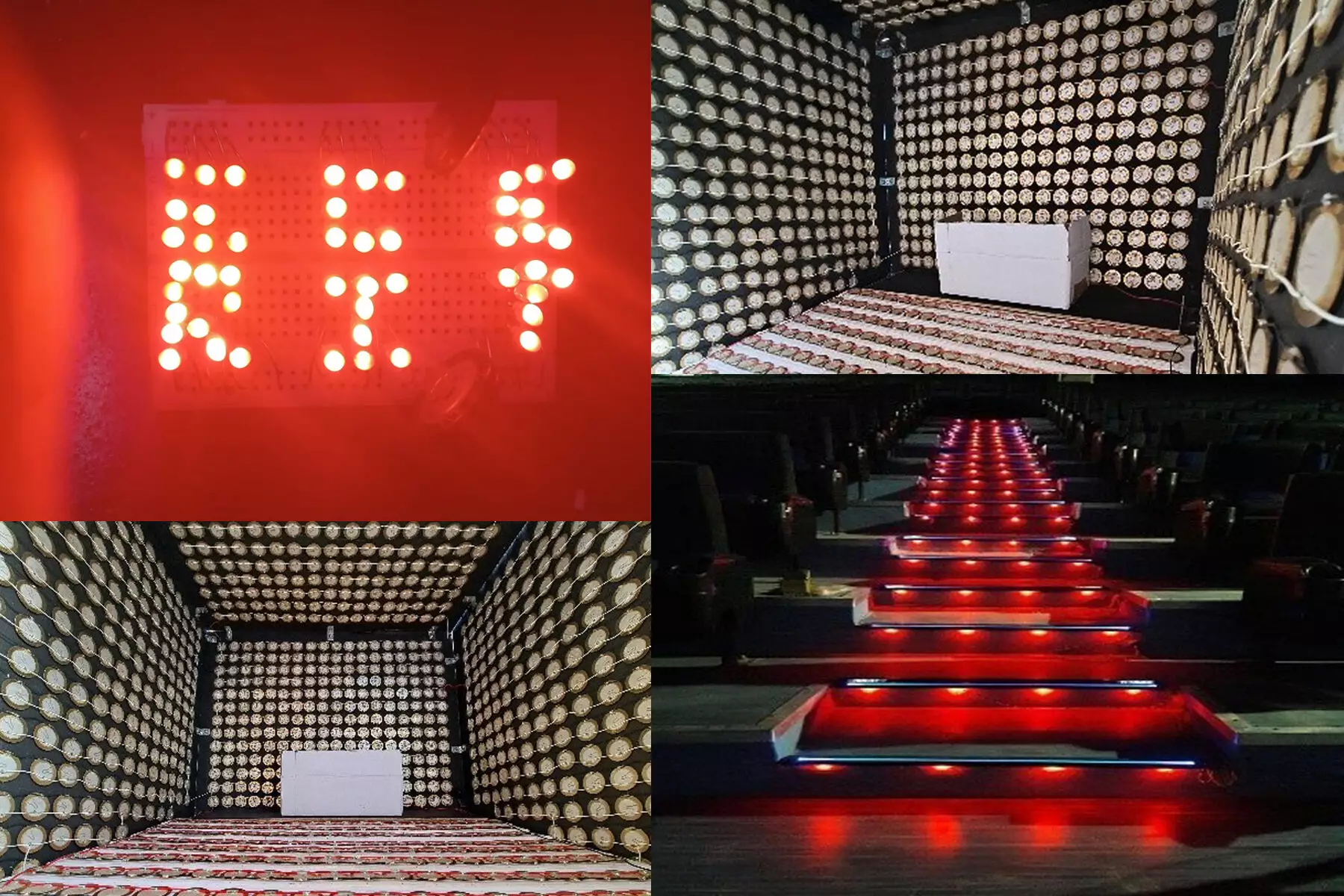Public spaces, such as theaters and concert halls, are not exempt from the risk of hearing loss. While many are aware of the dangers posed by loud machinery and other obvious sources of noise, the impact of excessive sound in these environments is often overlooked. However, a groundbreaking study published in Physics of Fluids sheds light on a potential solution that not only makes public spaces safer but also harnesses the power of sound to generate electricity.
The Centers for Disease Control and Prevention (CDC) reports that a significant percentage of both children and adults have experienced permanent hearing damage as a result of excessive noise exposure. According to author Rajendra Prasad P, “Noise above 70 decibels for a prolonged period of time may start to damage our hearing. We need systems that can mitigate really big sounds.” Recognizing the urgent need to protect our auditory health, the study focuses on closed environments like theaters and concert halls, where sound waves can reach levels between 60 and 120 decibels.
To combat this issue, the researchers developed a pioneering system comprised of piezoelectric sensors strategically installed within the walls, floors, and ceilings of these enclosed spaces. This network of sensors is designed to not only absorb sound waves but also harness their energy. By effectively converting sound energy into electrical energy, the team aims to mitigate the risks associated with excessive noise while simultaneously generating power.
Optimizing the Sound Energy Capture System
Through meticulous computer simulations, the scientists fine-tuned various variables to create an optimal system for capturing sound waves within enclosed spaces. This process involved determining the ideal voltage to power the main device component, analyzing the frequency and intensity of the input sound, and experimenting with piezoelectric sensor arrangements. Astonishingly, the team discovered that the output of their design was highest at frequencies that correlated with those commonly found in theaters and auditoriums.
One remarkable aspect of the study’s findings is its ability to not only capture sound energy but also minimize vibration and overall sound intensity within enclosed spaces. By leveraging the unique properties of piezoelectric materials, the system effectively reduces the reflection of sound waves and diminishes the overall intensity of noise. This breakthrough paves the way for enhanced acoustic environments, where sound is more intelligible and less harmful to our hearing.
Recognizing the importance of sustainability, the authors also incorporated a smart power management feature into their design. This intelligent system adjusts its energy output based on the level of sound detected, ensuring efficient power generation without wasting resources. Moreover, the use of environmentally friendly materials, such as a form of quartz for the piezoelectric sensors, further underscores the commitment to creating an energy system that is both effective and eco-conscious.
The groundbreaking research presented in this study offers a glimpse into a future where public spaces are not only safer for our hearing but also contribute to sustainable energy generation. By harnessing the power of sound waves in enclosed environments, we can reduce the risk of hearing loss while simultaneously tapping into a previously untapped energy source.
As we continue to prioritize the well-being of our auditory health and the preservation of our planet, the fusion of science and innovation showcased in this study serves as a beacon of hope. With further exploration and development, the potential applications of sound energy capture systems hold tremendous promise for a safer, more sustainable future.



Leave a Reply